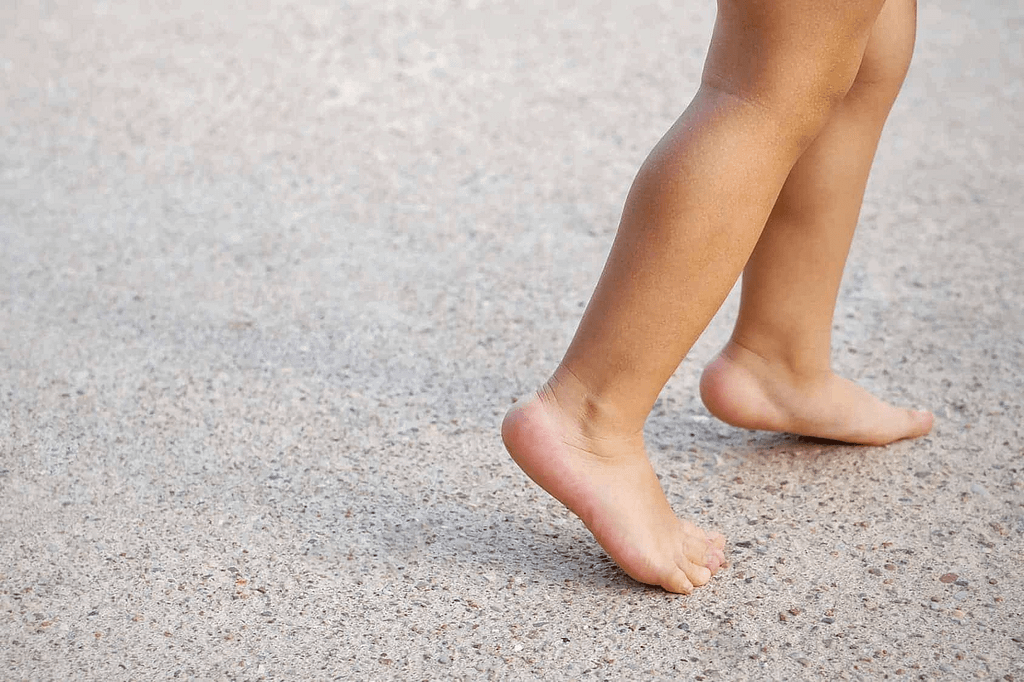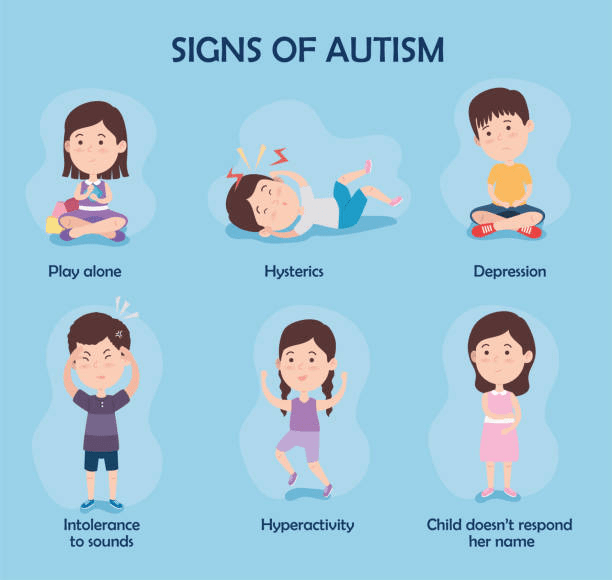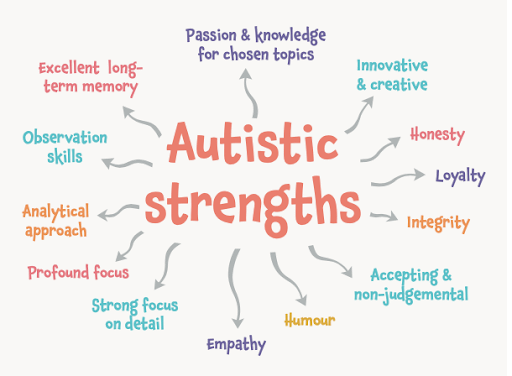
Alex is a four-year-old who is always very energetic and curious. At the same time, his walking style is peculiar—he tends to use his toes only. Initially, his folks considered it as something he may outgrow as he aged; it was still there. It had begun affecting his involvement in activities and drew much attention from his mates. This worried them, and they discovered that walking on toes was common among children suffering from Autistic Spectrum Disorder (ASD).
This manual seeks to provide parents and guardians with an all-around understanding of toe walking among autistic children, why such behavior occurs, and some workable solutions for this issue.
Twisted Personality of Toe Walking
Toe walking is when a child walks on their tiptoes without their heel touching the ground. Although it could be normal in toddlers’ development stages, if toe walking continues past age 2 or 3 years old there might be underlying causes, especially for children who have been diagnosed with ASD. In terms of frequency or intensity, this mannerism may range from occasional toe-walking by some children to exclusive toe-walking by others.
Possible Reasons for Toe Walking in Autism
Understanding why autistic children walk on their tiptoes can help parents deal with this behavior much more efficiently. There are several factors that could contribute to such behavior:
- Sensory Processing Problems: Majority of the autistic individuals have problems of sensory processing and these can either make them hypersensitive or hyposensitive to different sensory inputs. They may choose to walk on toes because they find it comfortable or it can be a stimulating sensory experience to them.
- Motor Coordination and Muscle Tone: Some children with autism exhibit motor coordination differences as well as muscle tone issues. Alternatively, tightness/vigor of the calf muscles or other physical conditions can result in toe walking.
- The question of Habit: This is a situation where going up onto the toes becomes part of a routine. This habit is very hard for kids to break, especially if it has been reinforced over many years.
- Communication and Social Factors: At times, autistic children might engage in toe walking just to communicate with others or get attention, particularly when they are deficient in conventional communication skills.
Practical Approaches for Handling Toe Walking
Addressing toe walking needs a comprehensive approach that consists of physical therapy, occupational therapy, and supportive activities at home.
Occupational Therapy & Physical Therapy
In physical Therapy for Toe Walking, the physiotherapists will work on stretching exercises that make the muscles more toned and flexible. Important exercises may include:
- Calf Stretches: It assists children in regularly stretching their calf muscles to reduce tightness.
- Heel-to-Toe Walking: The child should be encouraged to practice walking using their heels first hitting the ground.
- Balance Exercises: The use of balance boards or stability balls can improve coordination and muscle control.
Occupational Therapy & Sensory Integration:
- Sensory Activities: Introduction of activities similar in impact on Sensory input as moving on toes, such as jumping on a trampoline or weighted blanket use
- Proprioceptive Input: Engage your child’s body senses through deep pressure massages or heavy work activities like pushing a weighted cart.

Parents and other persons taking care of children should be supportive of therapy strategies as well as encourage correct walking patterns. Below are a couple of practical activities:
- Heel-to-Toe Games: Create fun games that encourage heel-to-toe walking, such as “balance beam” game whereby the child walks along a line on the floor.
- Footwear Adjustments: Consider utilizing shoes that offer good arch support and stability to promote normal gait patterns. Some parents have had luck with high top shoes for orthotic inserts.
- Weighted Foot Bands: Weighted foot bands can give proprioceptive input to the child who is seeking it during toe walking while simultaneously encouraging them to keep their heels down.
- Daily Stretching Routine: Incorporate stretch exercises into your routine program in the form of play involving songs, stories among others.
Case Study: Alex’s Journey to Improved Walking
Alex’s parents were worried about his persistent toe walking, so they decided to visit both a physical therapist and an occupational therapist for him. Their plan was tailored by the therapists, including:
- Weekly Therapy Sessions: Alex attended weekly sessions where he did calf stretches, balancing exercises and sensory integration activities.
- Home Activities: His parents were taught specific exercises to do at home, such as heel-to-toe walking games and using weighted foot bands.
- Monitoring Progress: Alex’s progress was monitored regularly, and his therapy plan was altered when necessary.
Over time, there has been great improvement in Alex. His mother observed that she is able to find her son walking with his heels down more often than before and he is now participating better in activities with his peers without feeling as though he does not belong anymore. The combination of professional therapy together with consistent home activities made a real difference in Alex’s gait pattern as well as self-esteem generally overall.
Encouragement and Key Points

However, managing this behavior by autistic children is difficult. However, with proper appreciation and steady work, it is possible to overcome this difficulty in autistic children. Therefore:
- Identifying the Underlying Reasons: Understanding the sensory, motor and habitual aspects that cause an individual to walk on toes is necessary.
- Participating in Professional Therapy: Parents and health professionals should focus on utilizing physical and occupational therapy for the purposes of improving muscle tone, coordination, and sensory processing issues.
- Using Home Activities: Enhancing therapy techniques through enjoyable activities can support your child at home.
Conclusion:
Parents need to stay very patient and calm. They are strongly advised to stay positive about their children’s small wins. With appropriate assistance and interventions, lots of kids can improve their walking styles, which will improve how they engage themselves in daily undertakings, hence increasing their general health. In any case, every child is unique, and finding out what works best for them matters most.
As your child gradually learns to let go of this habit of walking on their toes, they can participate in various activities and live life to the fullest.












No comments yet. Be the first!